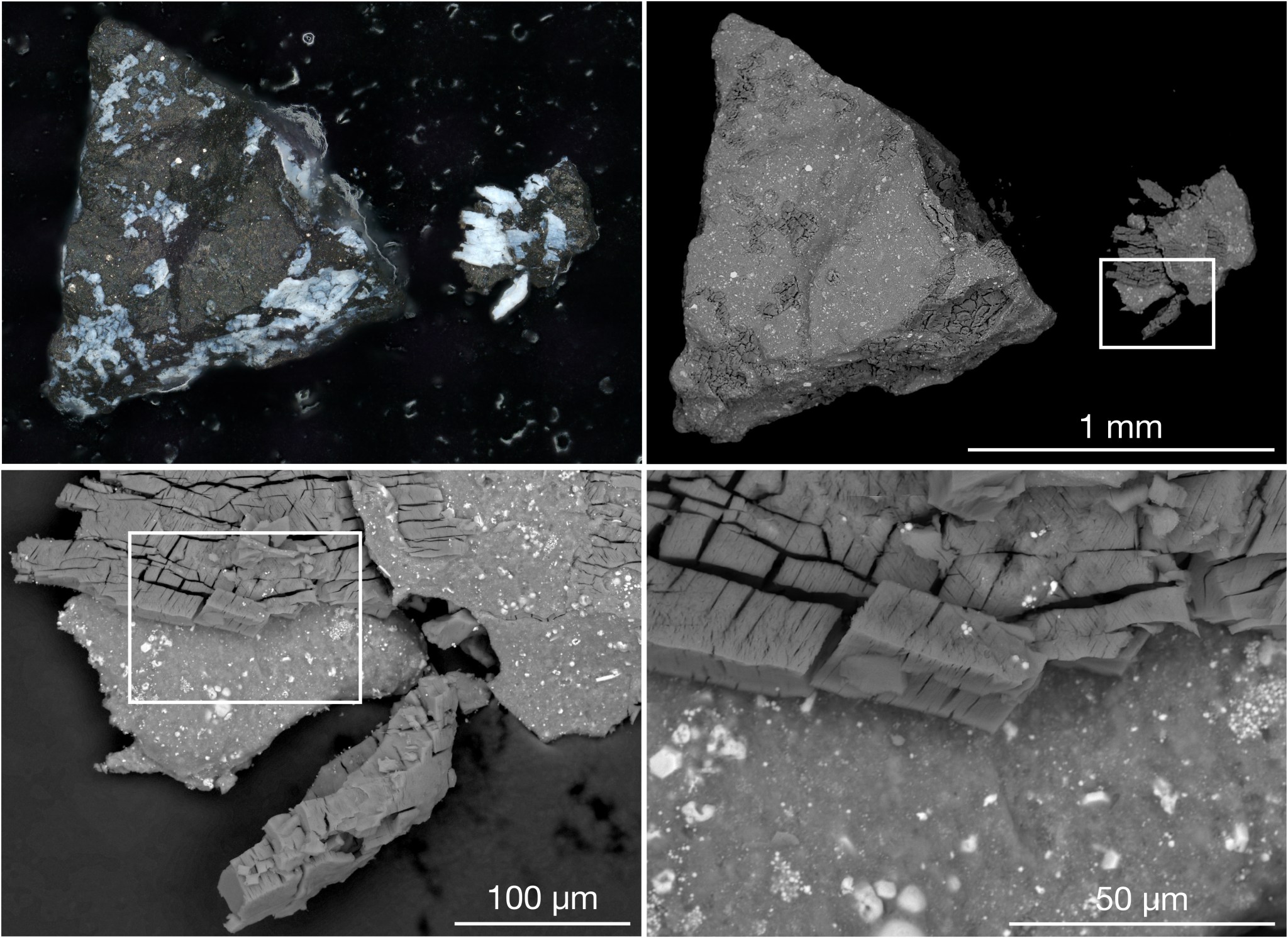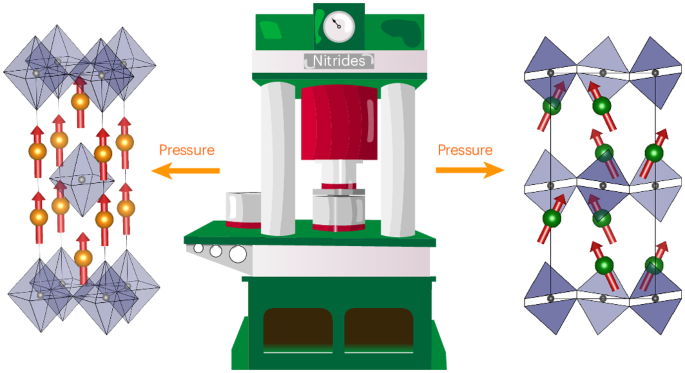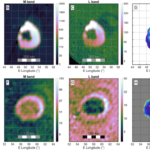2024-06-26 NASA

<関連情報>
- https://www.nasa.gov/missions/osiris-rex/surprising-phosphate-finding-in-nasas-osiris-rex-asteroid-sample/
- https://onlinelibrary.wiley.com/doi/10.1111/maps.14227
実験室での小惑星(101955)ベンヌ: OSIRIS-RExが採取したサンプルの特性 Asteroid (101955) Bennu in the laboratory: Properties of the sample collected by OSIRIS-REx
Dante S. Lauretta, Harold C. Connolly Jr, Joseph E. Aebersold, Conel M. O’D. Alexander, Ronald-L. Ballouz, Jessica J. Barnes, Helena C. Bates, Carina A. Bennett, Laurinne Blanche …
Meteoritics & Planetary Science Published: 26 June 2024
DOI:https://doi.org/10.1111/maps.14227
Abstract
On September 24, 2023, NASA’s OSIRIS-REx mission dropped a capsule to Earth containing ~120 g of pristine carbonaceous regolith from Bennu. We describe the delivery and initial allocation of this asteroid sample and introduce its bulk physical, chemical, and mineralogical properties from early analyses. The regolith is very dark overall, with higher-reflectance inclusions and particles interspersed. Particle sizes range from submicron dust to a stone ~3.5 cm long. Millimeter-scale and larger stones typically have hummocky or angular morphologies. Some stones appear mottled by brighter material that occurs as veins and crusts. Hummocky stones have the lowest densities and mottled stones have the highest. Remote sensing of Bennu’s surface detected hydrated phyllosilicates, magnetite, organic compounds, carbonates, and scarce anhydrous silicates, all of which the sample confirms. We also find sulfides, presolar grains, and, less expectedly, Mg,Na-rich phosphates, as well as other trace phases. The sample’s composition and mineralogy indicate substantial aqueous alteration and resemble those of Ryugu and the most chemically primitive, low-petrologic-type carbonaceous chondrites. Nevertheless, we find distinct hydrogen, nitrogen, and oxygen isotopic compositions, and some of the material we analyzed is enriched in fluid-mobile elements. Our findings underscore the value of sample return—especially for low-density material that may not readily survive atmospheric entry—and lay the groundwork for more comprehensive analyses.



